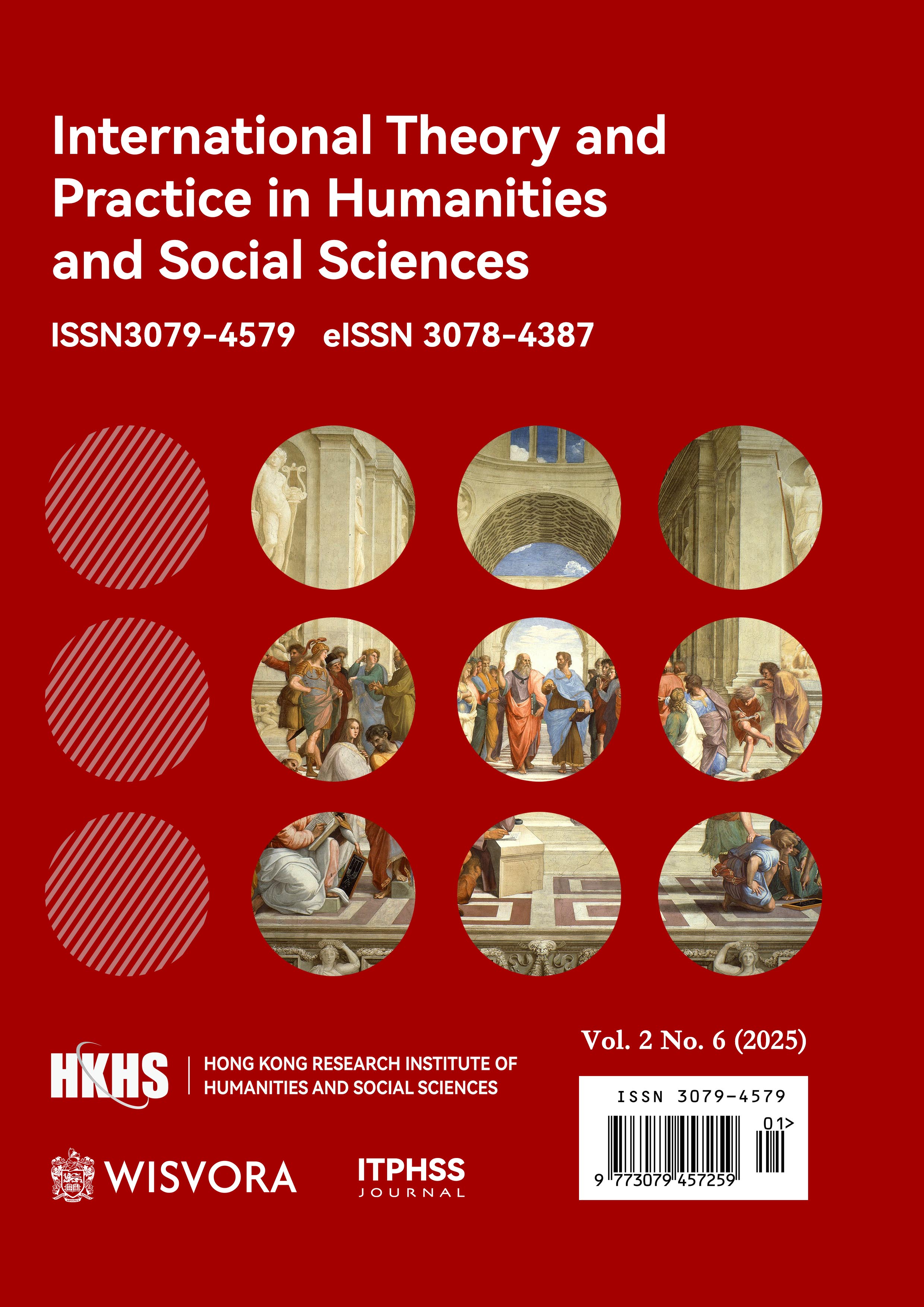Abstract
The purpose of this paper is to explore the role of education policy in promoting intercultural communication, to compare the similarities and differences between Central and Eastern Europe and East Asia in terms of the integration mechanism of ‘culture+education’, and to reveal the trend of synergistic development of education and culture in the higher education system. Using a comparative research method, Poland and Hungary (representing Central and Eastern Europe) and China and Japan (representing East Asia) are selected as the objects of analysis, combining analysis of policy documents, literature review and case studies, and comparing and analysing the educational objectives, curricula, and the construction of platforms for international cooperation and cultural exchanges. The study finds that Central and Eastern European countries emphasise the strengthening of European identity and the protection of cultural diversity through education, while East Asian countries pay more attention to cultural export and the construction of international image; the two countries show differences in policy orientation, talent cultivation mode and international cooperation mechanism in the path of education and cultural integration. Cross-cultural communication needs to rely on the systematic guidance and resource support of education policy. Central and Eastern Europe and East Asia have their own advantages in the path of integration, and cross-regional educational and cultural cooperation should be strengthened in the future to achieve complementarity and common development.
References
Anderson, L. E. (1994). A new look at an old construct: Cross-cultural adaptation. International Journal of Intercultural Relations, 18(3), 293–328.
Ang, I., Isar, Y. R., & Mar, P. (2018). Cultural diplomacy: Beyond the national interest? In Cultural Diplomacy: Beyond the National Interest? (pp. 11–27). Routledge. https://www.taylorfrancis.com/chapters/edit/10.4324/9781315617985-7/cultural-diplomacy-beyond-national-interest-ien-ang-yudhishthir-raj-isar-phillip-mar
Banytė, I., & Inčiūrienė, R. (2012). Intercultural Communication in Higher Education Institutions. Language in Different Contexts/Kalba Ir Kontekstai, 5(1). https://search.ebscohost.com/login.aspx?direct=true&profile=ehost&scope=site&authtype=crawler&jrnl=18225357&AN=99823564&h=4r70NYicRPMWKpwsnjq2MAwejUMjjoQpkRadz7Lzkvv3E3iCgYdZQu3AHBFB9S0Px5Pul%2B1ZW%2Bt71Xnx2fgWCg%3D%3D&crl=c
Béres, A., Hont, Z., & Molnár-Kovács, Z. (2025). The European dimension in education in Hungarian primary school geography textbooks. Citizenship, Social and Economics Education, 14788047251318025.
Clarke, M. (2018). The belt and road initiative: Exploring Beijing’s motivations and challenges for its new silk road. Strategic Analysis, 42(2), 84–102.
Dolby, N., & Rahman, A. (2008). Research in International Education. Review of Educational Research, 78(3), 676–726. https://doi.org/10.3102/0034654308320291
Drori, G. S., Delmestri, G., & Oberg, A. (2013). Branding the university: Relational strategy of identity construction in a competitive field. Trust in Higher Education Institutions, 86, 134–147.
Durant, A., & Shepherd, I. (2009). ‘Culture’ and ‘Communication’ in Intercultural Communication. European Journal of English Studies, 13(2), 147–162. https://doi.org/10.1080/13825570902907185
Hantrais, L. (1999). Contextualization in cross-national comparative research. International Journal of Social Research Methodology, 2(2), 93–108.
Jagielska-Burduk, A., & Stec, P. (2019). Council of Europe cultural heritage and education policy: Preserving identity and searching for a common core? Revista Electrónica Interuniversitaria de Formación Del Profesorado, 22(1). https://revistas.um.es/reifop/article/view/354641
John H. Goldthorpe. (2007). “Cultural Capital”: Some Critical Observations. Sociologica, 2, 0–0. https://doi.org/10.2383/24755
Kim, T. (2016). Internationalisation and development in East Asian higher education: An introduction. In Comparative education (Vol. 52, Issue 1, pp. 1–7). Taylor & Francis. https://www.tandfonline.com/doi/abs/10.1080/03050068.2016.1144309
Lee, H.-K., & Lim, L. (2014). Cultural policies in East Asia: An introduction. In Cultural policies in East Asia: Dynamics between the state, arts and creative industries (pp. 1–14). Springer. https://link.springer.com/chapter/10.1057/9781137327772_1
Meadows, B. (2020). Nationalism, nationalized cultures, and English Language Teaching (ELT): What teacher interviews reveal about culture teaching as vehicle for ideological reproduction/transformation. Critical Inquiry in Language Studies, 17(3), 143–165. https://doi.org/10.1080/15427587.2020.1714443
Nielsen, N. (2020). The erasmus learning journey: Students’ experiences from a mobility period Abroad [PhD Thesis, Department of Education, Stockholm University]. https://www.diva-portal.org/smash/record.jsf?pid=diva2:1464241
Radó, P. (2001). Transition in Education: Policy Making and the Key Educational Policy Areas in the Central-European and Baltic Countries. https://eric.ed.gov/?id=ED457308
Ranta, V., Aarikka-Stenroos, L., Ritala, P., & Mäkinen, S. J. (2018). Exploring institutional drivers and barriers of the circular economy: A cross-regional comparison of China, the US, and Europe. Resources, Conservation and Recycling, 135, 70–82.
Rosenfeld, I., Yemini, M., & Mamlok, D. (2022). Agency and professional identity among mobile teachers: How does the experience of teaching abroad shape teachers’ professional identity? Teachers and Teaching, 28(6), 668–689.
Sercombe, P., & Young, T. (2011). Culture and cognition in the study of intercultural communication. In Language and bilingual cognition (pp. 543–556). Psychology Press. https://www.taylorfrancis.com/chapters/edit/10.4324/9780203836859-32/culture-cognition-study-intercultural-communication-peter-sercombe-tony-young
Stroligo, S. (2024). The role of European Cultural Policy in advancing a Transnational culture: The case study of the European Institute of Cultural Routes. https://unitesi.unive.it/handle/20.500.14247/23794
Teichler, U. (2009). Internationalisation of higher education: European experiences. Asia Pacific Education Review, 10(1), 93–106. https://doi.org/10.1007/s12564-009-9002-7
Wang, J. (2017). The research of language communication education strategy: The Belt and Road background. 2017 4th International Conference on Education, Management and Computing Technology (ICEMCT 2017), 23–26. https://www.atlantis-press.com/proceedings/icemct-17/25874319
Xu, K. (2013). Theorizing Difference in Intercultural Communication: A Critical Dialogic Perspective. Communication Monographs, 80(3), 379–397. https://doi.org/10.1080/03637751.2013.788250
You, Y. (2020). The ‘new Orientalism’: Education policy borrowing and representations of East Asia. Compare: A Journal of Comparative and International Education, 50(5), 742–763. https://doi.org/10.1080/03057925.2018.1559038
Zamorano, M. M. (2016). Reframing cultural diplomacy: The instrumentalization of culture under the soft power theory. Culture Unbound, 8(2), 165–186.)

This work is licensed under a Creative Commons Attribution 4.0 International License.
Copyright (c) 2025 Yanqing Zhang (Author)

